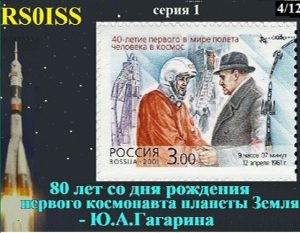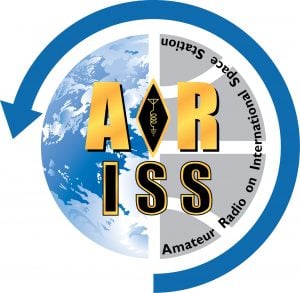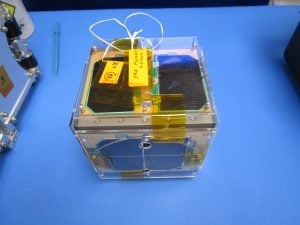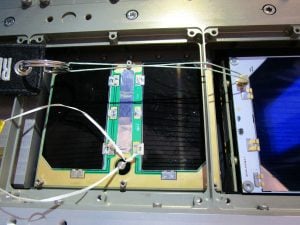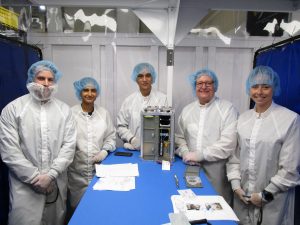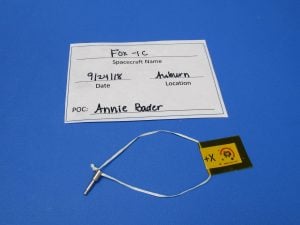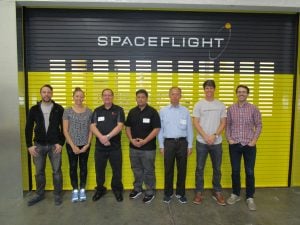Amateur Radio On The International Space Station (ARISS) is planning a very special Slow Scan TV event currently scheduled to start Saturday, October 27th about 10:00 UTC. Transmissions are scheduled to continue until around 19:30 UTC on October 29th. Helping to support the event will be NASA’s Space, Communication and Navigation (SCaN) Department.
The Space Communications and Navigation (SCaN) program manages NASA’s three most important communications networks: The Space Network (SN), Near Earth Network (NEN), and the Deep Space Network (DSN).
Just as in past ARISS SSTV commemorations, twelve images will be downlinked, but this time with six featuring the SCaN educational activities while the other six images will commemorate major NASA anniversaries, ie., when NASA was established, astronauts first landing on the moon, etc.
In addition to the fun of receiving these images, participants can qualify for a special endorsement for the NASA On The Air (NOTA) celebration event. To learn more about NOTA visit https://nasaontheair.wordpress
Once received, images can be posted and viewed at http://www.spaceflightsoftware
Please note that the event is dependent on other activities, schedules and crew responsibilities on the ISS and are subject to change at any time.
More information will follow soon, so please continue to check for news and the most current information on the AMSAT.org and ARISS.org websites, the [email protected], the ARISS Facebook at Amateur Radio On The International Space Station (ARISS) page and ARISS Twitter @ARISS_status.
